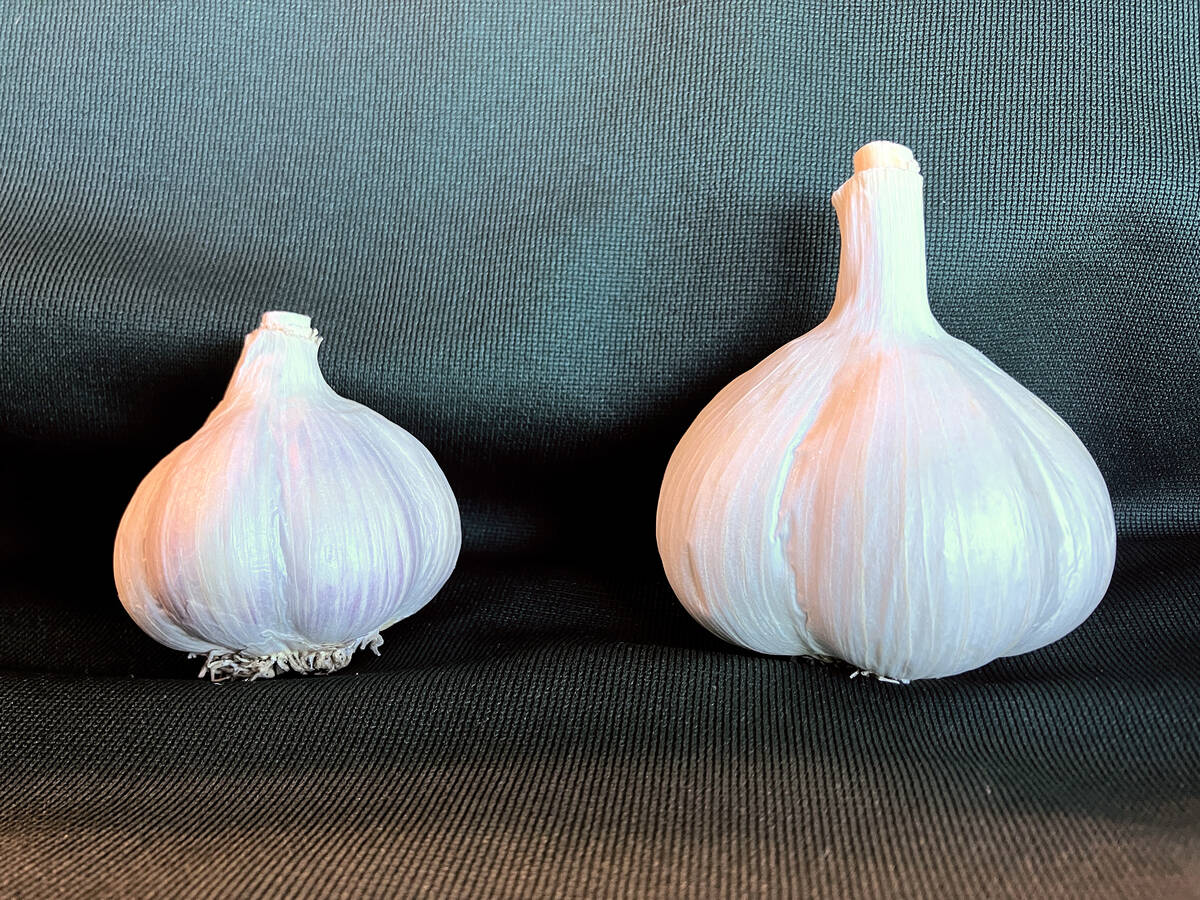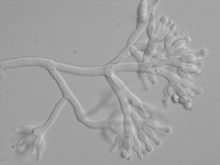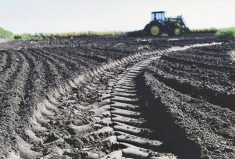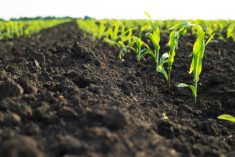The search for alternatives to traditional agriculture inputs has greater urgency as commodities like fertilizer increase in price and decrease in availability.
It’s not that nitrogen-use efficiency or the activity of mycorrhizal fungi was less of a concern years ago. But the list of products that can enhance soil health and potentially boost yield has lengthened in a short time.
Why it matters: Biological products can help growers improve soil health and achieve greater yields, but it’s important that growers know what product is right for their fields.
Read Also

Clean seed garlic promises bigger bulbs and higher returns for growers
Ontario garlic trials show clean seed outshines conventional yields, with stronger drought resilience, reduced virus risk and greater economic outcomes.
A session at the recent Ontario Agricultural Conference focused on the promise of biologicals, featuring perspectives from Dale Cowan, senior agronomist with Agris Co-operatives, Connor Sible from the University of Illinois and Pedro Antunes from Algoma University.
Sible said there’s a Top Seven list of biological products, including nitrogen-fixing bacteria, phosphorus-solubilizing microbes and mycorrhizal fungi, that fall under the beneficial microbes subheading.
Enzymes/ phosphatases, humic/fulvic acids, marine extracts and sugars make up the biostimulants subclass.
An eighth entry on the list, residue degraders, is expected to be a significant arrival in the biologicals sector.
Sible cautioned growers about this expanding market
“(Biologicals) can be effective at increasing crop grain yields, but their efficacy depends on the type of product. To optimize the benefits, it’s key to understand how the product of interest works and where to incorporate it into your system.”
That was a smooth segue for Cowan, who started his session with the basic question on the minds of growers looking for the benefits of biologicals: Do they work?
Cowan said that Growmark, with which Agris Co-op is affiliated, has a, has a strict process for assessing products and the science and data behind them.
“They’ve accepted 14 per cent of the products for testing,” he said, referring to Growmark’s testing regimen.
“Eighty-six per cent is the rejection rate, 43 total products tested to date, 302 product evaluations and 12 products approved to be put into ag retail where they believe there’s a benefit to the grower.”
Put to the test
Cowan said testing requires replicated trials featuring check treatments, which is the most important factor. Growers who do their own tests must compare the products in question based on performance next to check strips. It’s a more labour-intensive process but the results are more reliable.
It’s possible to generate relevant data from three sources, said Cowan. The first is from an integrated digital system using product maps from applicators and sprayers, which can then be applied through a GIS system and shared with the grower.
The second method comes from farmer customers and their on-farm data gathered from as-applied maps from their sprayers, as well as yield maps.
The final source is the traditional method using tape measures, flags and weigh-wagons to determine performance and efficacy relative to yield.
“It’s a great time to be curious,” said Cowan, in summarizing the potential for biologicals. “And it’s a great time to be cautious.”
The benefits of AMF
Arbuscular mycorrhizal fungi (AMF) have been getting attention in the row crop sector, yet there’s still considerable research to be conducted, said Antunes. He’s working to identify the importance of AMF in soil, and when, where and how they should be applied.
Most inoculants contain one strain of AMF, selected from roughly 300 species. But that single strain means there’s little diversity, which makes it challenging to predict growth response in the field.
“I’m not against inoculants. AMF are beneficial to soils and plants,” he said. “But current commercial inoculants do not work most of the time.”
– Look for more from Ralph Pearce on this topic at Country Guide.















